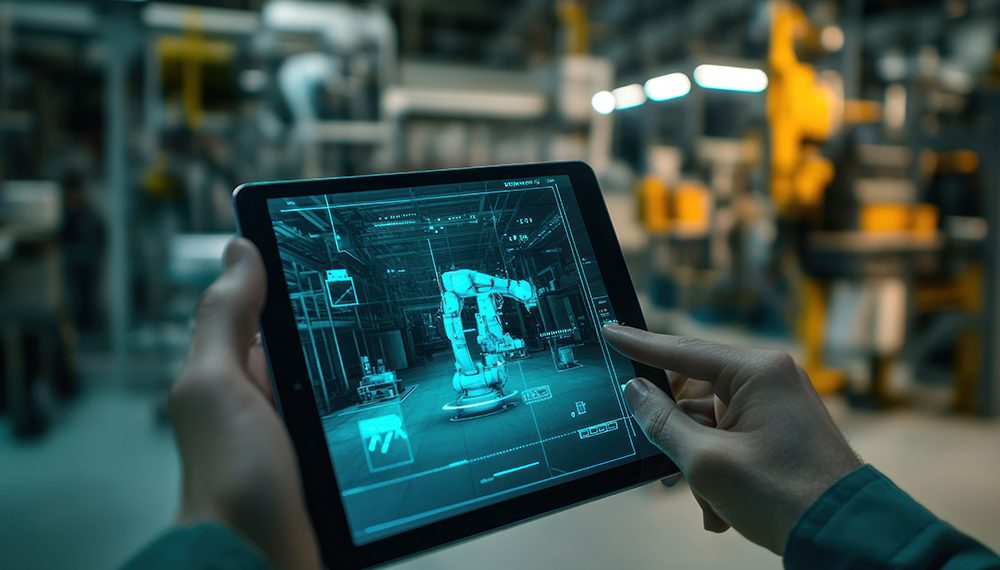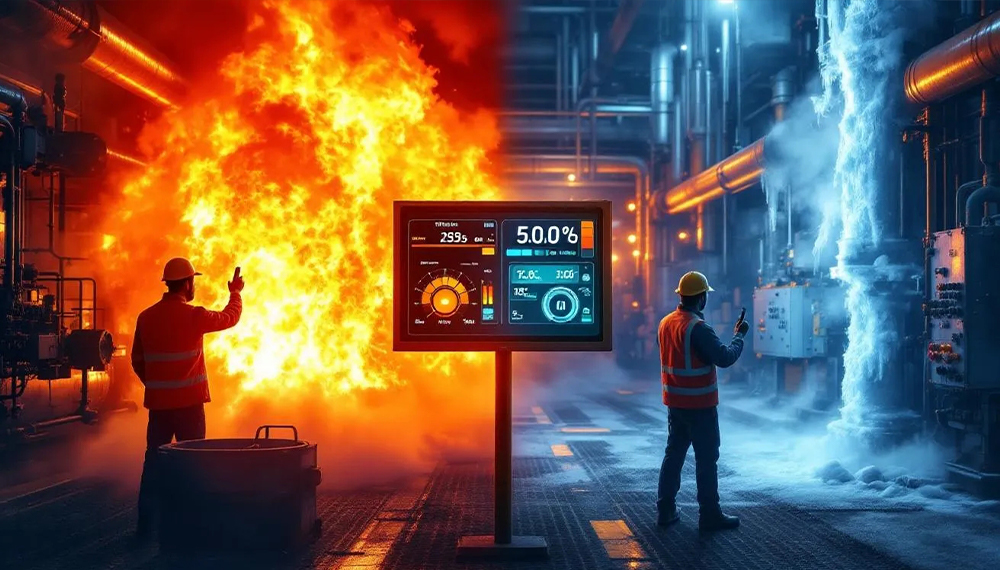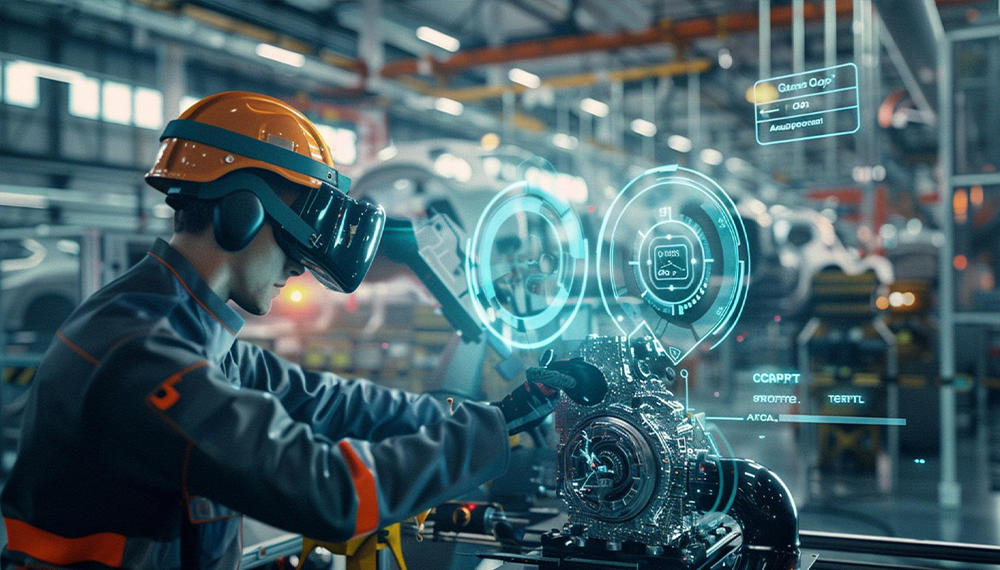The Shift from Reactive to Predictive Maintenance
Factories have long dealt with the headache of unexpected machine breakdowns. When a critical machine fails, it can halt production, pile up costs, and throw schedules into chaos. Traditionally, maintenance teams would fix machines only after something went wrong or on a fixed schedule. But today, thanks to machine health monitoring tools, factories are shifting towards predictive maintenance—a smarter, data-driven way to keep machines healthy and running smoothly.
In this article, we’ll explore how machine health monitoring tools are transforming maintenance practices, helping factories predict problems before they happen, and creating a new era of efficiency.
What Are Machine Health Monitoring Tools?
Simply put, machine health monitoring tools are technologies that keep an eye on industrial machines’ condition in real time. They use sensors to measure things like vibration, temperature, pressure, and other key indicators that reveal a machine’s health.
These tools send continuous data to computers or mobile devices, where it’s analyzed to detect any signs of wear or failure. Instead of waiting for a breakdown, maintenance teams get early warnings to act before a small issue becomes a costly repair.
How Do Machine Health Monitoring Tools Work?
At the heart of every machine health monitoring tool is a network of sensors attached to machines. These sensors constantly gather data—think of it like a doctor checking your vital signs.
The data flows to software platforms that use algorithms, sometimes powered by artificial intelligence (AI), to interpret what’s happening inside the machine. If the system spots unusual vibrations or a spike in temperature, it flags a potential problem.
This real-time monitoring helps maintenance teams schedule repairs exactly when needed, preventing unexpected downtime.
Why Predictive Maintenance Is the Future
The biggest benefit of using machine health monitoring tools is the ability to move from reactive to predictive maintenance. Reactive means fixing things after they break; predictive means fixing things before they break.
Here’s why predictive maintenance is a game-changer:
1. Cost Savings
Fixing problems early is cheaper than repairing major failures or replacing entire machines.
2. Less Downtime
Predictive maintenance reduces unexpected machine stoppages, keeping production flowing smoothly.
3. Extended Machine Life
Monitoring health helps machines operate within safe limits, which extends their usable life.
4. Increased Safety
Detecting faults early prevents accidents caused by machine failures.
Real-World Applications of Machine Health Monitoring Tools
Many industries rely on machine health monitoring tools to stay competitive and efficient:
- Manufacturing: Factories monitor conveyor belts and motors to avoid costly halts.
- Energy: Power plants use monitoring tools to keep turbines and generators running safely.
- Transportation: Railways track the health of engines and brakes to prevent accidents.
- Oil and Gas: Equipment on rigs is constantly monitored to ensure safe and continuous operation.
These examples show how widespread and essential machine health monitoring has become.
The Role of AI and Data Analytics in Machine Health Monitoring Tools
Modern machine health monitoring tools don’t just collect data—they make sense of it. Artificial intelligence and advanced data analytics play a big role by identifying patterns and predicting failures.
AI algorithms learn what “normal” looks like for each machine. When something deviates from that norm, the system raises an alert. This predictive insight helps maintenance teams act precisely and confidently.
Challenges of Implementing Machine Health Monitoring Tools
Despite their benefits, adopting machine health monitoring tools comes with challenges:
- Initial investment in sensors and software can be high.
- Older machines might be difficult to equip with sensors.
- Interpreting data requires skilled personnel or reliable AI systems.
- Integrating tools with existing factory processes takes time and planning.
However, as technology advances and costs drop, these barriers are gradually lowering.
The Future of Machine Health Monitoring Tools
Looking forward, machine health monitoring tools will become smarter, smaller, and more affordable. They will be more widely used not just in big factories but also in smaller plants and remote locations.
Advances in wireless communication and cloud computing mean that monitoring data can be accessed anywhere, anytime, empowering teams around the globe.
Eventually, these tools will predict failures with even greater accuracy and suggest the best maintenance actions, further boosting factory efficiency.
Why iotAR Excels in Machine Health Monitoring Tools
When it comes to effective, easy-to-use machine health monitoring tools, iotAR stands out. Their solutions enable real-time monitoring using simple smartphone scanning combined with advanced analytics.
With iotAR, factories don’t need bulky equipment or complicated setups. Workers and managers get clear, actionable insights on temperature, vibration, and torque—all displayed in an intuitive, augmented reality interface.
By turning complex machine data into simple, visual stories, iotAR helps factories reduce downtime, improve safety, and embrace the future of predictive maintenance.




